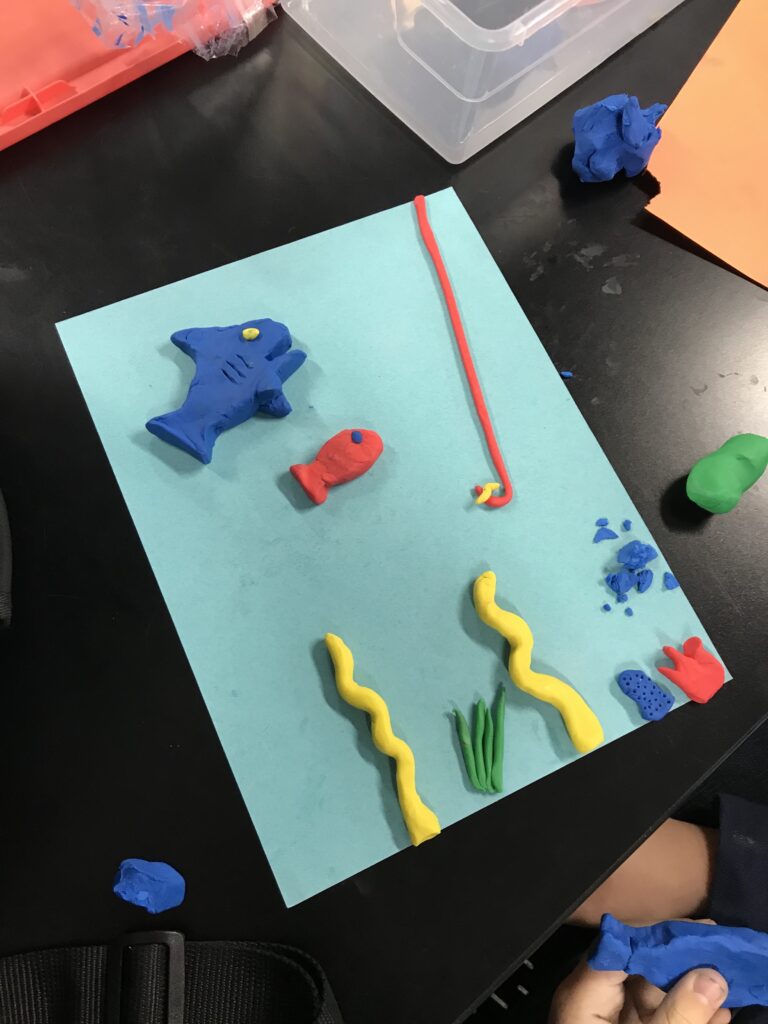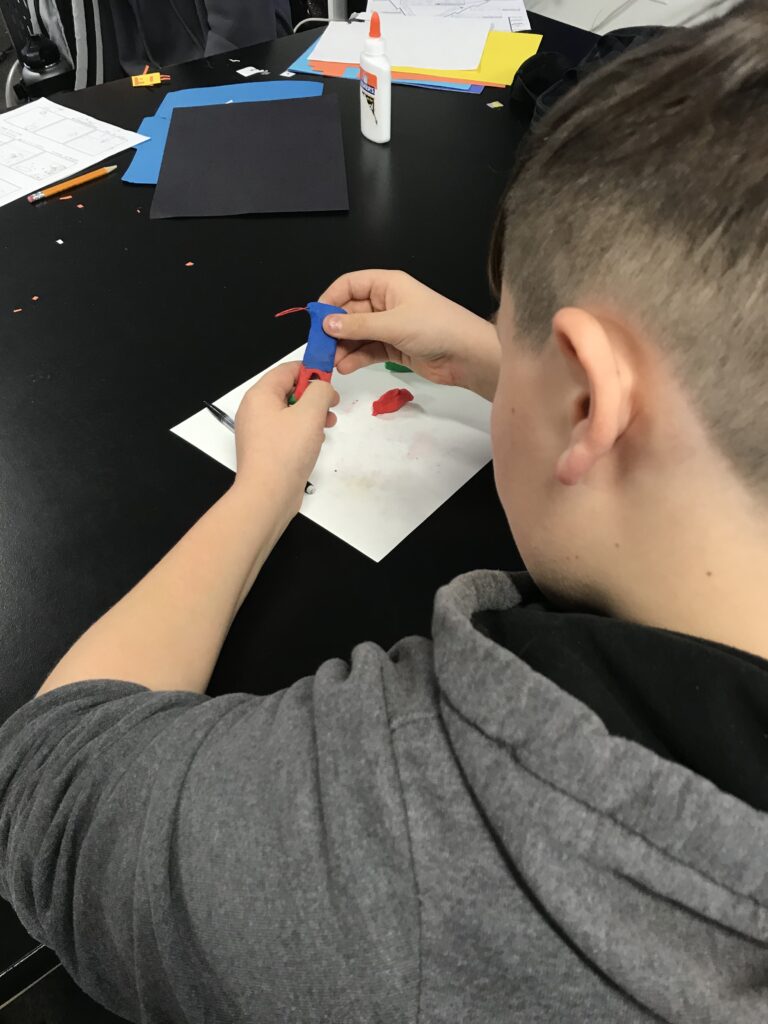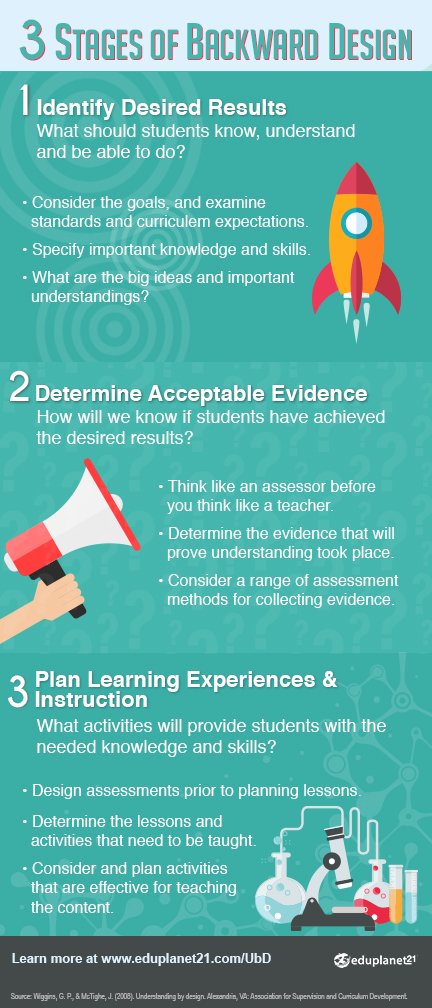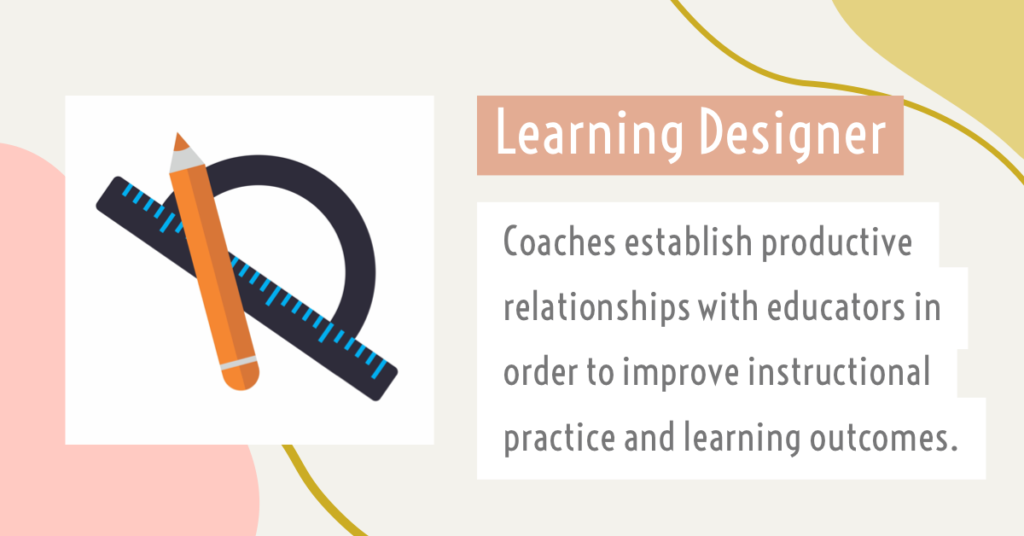4d

This substandard is all about leading by doing. It is important that coaches model the use of instructional design principles with educators so that they can see it in action. For example, if one of the district goals is for educators to use inquiry-based learning in their classrooms, design your professional learning that way. If you want your teachers to differentiate, provide varying levels of PD that accommodate for teachers’ skill level or that provide choice in how they learn. The objectives of your training should not just be to teach your staff, but also to motivate them to try using new technology or methodology. At the end of my blog post about Nearpod, I include a section on how to train your staff by modeling how to use the tool. That way you expose them to all the different tools and they can see the benefit firsthand. This will hopefully increase staff buy-in.
Another way we can model the use of instructional design principles is by letting teachers observe us teach or coteaching with staff members. When working as a technology coach I had the opportunity to do this with various teachers. One time I modeled how to use green-screen technology with the 3rd graders at our school because the teacher did not have experience with green screen videos yet. She was thankful to be able to observe how it worked before trying to teach about it herself. Another example is when a Middle School teacher asked me to coteach an elective on stop-motion production together. I was able to model how to use the app DoInk and together we created lesson plans, resources, and rubrics for the course.

One group’s claymation project. 
A student creating their stop motion characters.
Perhaps the most intimate way to model the use of instructional design principles with educators is by designing a unit together. My favorite instructional design model is Understanding by Design (UbD). UbD is powerful because it starts with the end in mind. You begin by determining what you want your students to understand, know, and be able to do. Next, you plan how you will assess student learning. Lastly, you plan the learning activities that will help you reach the learning goals. This approach to curriculum design transforms the teacher’s instruction and the student learning experience.

I’ve been through extensive training on UbD which included attending a UbD workshop. There I had the opportunity to collaborate with one of the founders, Jay McTighe, on a unit. I also served as a Teacher Leader at my school and supported teachers in developing solid UbD units. I would meet with them individually and hosted peer-review sessions monthly after school. Below is a UbD unit I designed on coding and computational thinking.
UBD_STEM-Challenge_DebuggingTo read more about my work with this standard, you can use the drop-down menu above or the buttons below to navigate to a specific performance indicator.
Works Cited
ISTE Standards for Coaches (n.d.). Retrieved from: https://www.iste.org/standards/for-coaches
